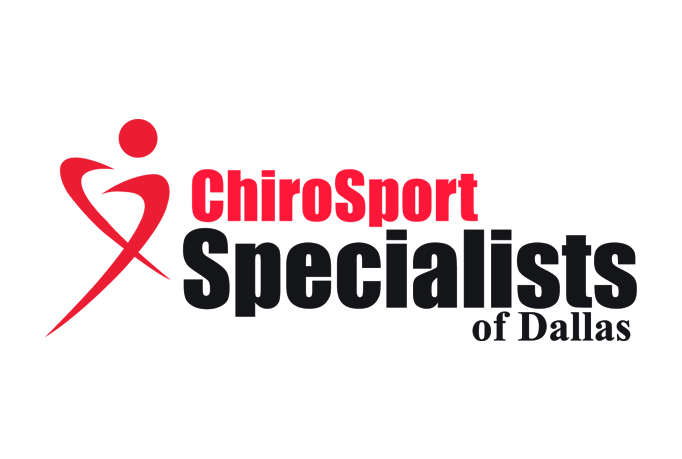Brett Jones Corrective Exercise Essentials
4 Corrective Exercise Essentials
I listened to this movement lecture on the long drive back to Florida from Nashville. This information is taken from Brett Jones. I am not taking credit for it, I just want to share with you his thoughts on corrective exercise. For those of you who do not know Brett Jones, he is a fitness professional from Pennsylvania. He is an instructor of the Functional Movement Screen, a kettle bell instructor, has a masters in rehab science and holds his CSCS (certified strength and conditioning specialist).
In his lecture he explains there are only 4 corrective exercise essentials. His quote is fitting, “In the beginner’s mind, there are many options. In the expert’s mind, there are few.” You do not need 1000 different corrective exercises, nor does a patient need to be doing 15 corrective exercises at a time. You may have a favorite list of exercises, but to quote Gray Cook (the co-creator of the Functional Movement Screen), “Movement isn’t cookie-cutter.” The same exercise that works for somebody may not work for the next.
Here are Brett’s 4 Corrective Exercise Essentials
- Chop and Lift
- The chop and lift is typically performed tall kneeling (both knees down) or split stance, depending on the situation.
- Tall kneeling is used in symmetrical stance issues
- Deep squat
- Trunk stability push-up
- Someone scores a pair of ‘1’s’ to a pattern like the active straight-leg raise
- The pelvis needs to be balanced first
- Half-kneeling is used in asymmetrical pattern issues
- Active straight-leg raise
- Shoulder mobility
- Rotary stability
- Inline lunge
- Hurdle step
- There is an asymmetry that that needs to be corrected
- Deadlift
- The deadlift gets a bad name, because it is either taught improper and/or done incorrectly.
- It needs to be patterned correctly by placing a stick on the back to insure a proper hip hinge, with no movement from the spine. Here is a good article on the hip hinge from Craig Liebenson
- If the person cannot lift up from the ground, move the weight closer to them by placing it on a box.
- The same symmetrical or asymmetrical principles can be applied
- In symmetrical stance problems like the deep squat, trunk stability push up utilize 2 leg deadlift
- Asymmetrical patterns use single leg deadlift
- Learn the deadlift variations including barbells, kettle bells, dumb bells, bands, single leg.
- Rolling
- Many groups utilize rolling including the neurodevelopment model where the infant rolls when trying to crawl, the DNS guys and the Functional Movement guys.
- You cannot do rolling with a mobility problem, especially the neck. SFMA rule, clear the mobility first.
- Breathing
- Breathing is the first and last thing we do.
- Watch the normal breath, and how the client breathes in various postures, positions and exercises.
- Different types of breathing
- Crocodile
- Nasal
- Buteyko, which is good for asthma and chronic over-breathers
- Check out my blog on breathing!
If you are unfamiliar with the information presented here, a good start is to visit Functional Movement. Learn the functional movement screen (FMS), screen your patients, clients, athletes. Take a FMS or SFMA course, or take the online FMS.
He gives you a bonus fifth, the Turkish getup. This exercise has become very popular as of late. It is a very good exercise, when done and taught properly. There are variations of these including the baby getup and others. Look these up, be able to do them yourself and teach them. Your patients will appreciate you.
Make sure you utilize these exercises. You don’t need to have a tool box of 1000 different exercises that you can never remember. Be able to adapt to the individual, know the variations!
